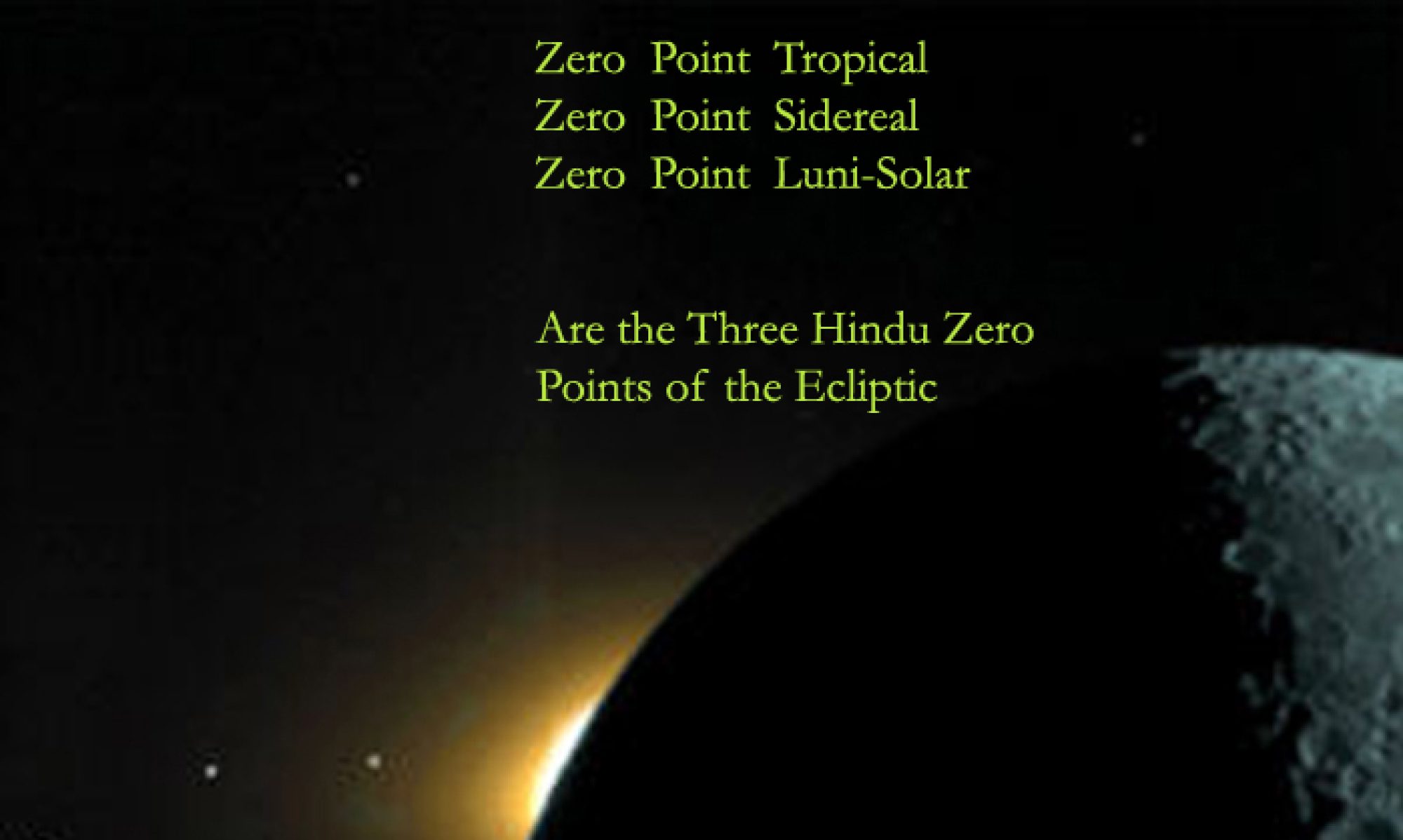

Skip to contentThe Essence of NatyaVeda (NatyaShastra)

Home » Blog » The Purpose Of Natyaveda
Estimated reading time: 8 minutes
NatyaVeda, also known as the NatyaShastra, is a sacred text that holds the key to a rich and sophisticated art form. Rooted in ancient Indian traditions, the essence of NatyaVeda encompasses music, dance, and drama, captivating audiences with enchanting melodies, graceful movements, and evocative storytelling.
In the words of Brahma, the creator himself, NatyaVeda is a composition encompassing the good and the bad, the light and the shadow, reflecting the consequences of our actions.

भवतां देवतानां च शुभाशुभविकल्पकः ।
कर्मभावान्वयापेक्षी नाट्यवेदो मया कृतः ॥ १०६॥
Bhavatāṁ devatānāṁ ca śubhāśubhavikalpakaḥ।
Karmabhāvānvayāpekṣī nāṭyavedo mayā kṛtaḥ॥ 106॥
Meaning:
The knowledge of drama, which pertains to both good and bad and is dependent on actions and their consequences, has been composed by me for both you gods and the deities.
In this blog, we will delve into the essence of NatyaVeda, exploring its origins, the meaning behind its name, and the transformative power it holds.

नैकान्ततोऽत्र भवतां देवानां चानुभावनम् ।
त्रैलोक्यास्यास्य सर्वस्य नाट्यं भावानुकीर्तनम् ॥ १०७॥
Naikāntato'tra bhavatāṁ devānāṁ cānubhāvanam।
Trailokyāsyāsya sarvasya nāṭyaṁ bhāvānukīrtanam॥ 107॥
Meaning:
Not only that, but also the experiencing of you gods and the deities, the drama serves as the portrayal of emotions for all of this triple world.
We are here, follow us.
A Mirror to the Human Experience
NatyaVeda, at its core, serves as a mirror that reflects the diverse facets of the human experience. Through the performance of dance, music, and drama, artists embody transitory emotions, captivating the audience and immersing them in the experience. From the joy of celebration to the depths of sorrow, the spectrum of human emotions unfolds on the stage, resonating with the hearts of the spectators.
NatyaVeda explores the intricacies of emotional states, providing a platform for artists to express and the audience to experience a range of emotions, ultimately creating a rasa, a particular sentiment that lingers long after the performance ends.
क्वचिद्धर्मः क्वचित्क्रीडा क्वचिदर्थः क्वचिच्छमः ।
क्वचिद्धास्यं क्वचिद्युद्धं क्वचित्कामः क्वचिद्वधः ॥ १०८॥
Kvaciddharmaḥ kvacitkrīḍā kvacidarthaḥ kvacicchamaḥ।
Kvaciddhāsyaṁ kvacidyuddhaṁ kvacitkāmaḥ kvacidvadhaḥ॥ 108॥
Meaning:
Sometimes there is duty, sometimes play, sometimes purpose, sometimes peace, sometimes robbery, sometimes battle, sometimes desire, and sometimes killing.
धर्मो धर्मप्रवृत्तानां कामः कामोपसेविनाम् ।
निग्रहो दुर्विनीतानां विनीतानां दमक्रिया ॥ १०९॥
Dharmo dharmapravṛttānāṁ kāmaḥ kāmopasevinām।
Nigraho durvinītānāṁ vinītānāṁ damakriyā॥ 109॥
Meaning:
Those engaged in duty, desires should be served, for those who serve desires, restraint is necessary, for the wicked, there should be discipline, and for the humble, there should be a practice of control.
क्लीबानां धार्ष्ट्यजननमुत्साहः शूरमानिनाम् ।
अबुधानां विबोधश्च वैदुष्यं विदुषामपि ॥ ११०॥।
Klībānāṁ dhārṣṭyajanana-mutsāhaḥ śūramāninām।
Abudhānāṁ vibodhaśca vaiduṣyaṁ viduṣāmapi॥ 110॥
Meaning:
Also, for eunuchs, aggression is natural, for the valiant, enthusiasm is evident, for the ignorant, enlightenment is lacking, and for the wise, expertise is acquired.
Etymology and Meaning of NatyaVeda
Natya (नाट्य):
- Refers to the performing art of dance, particularly encompassing classical Indian dance forms like Bharatanatyam ( भरतनाट्यम् ), Odissi (ओडिसी), Kathak (कथक), and others.
- It transcends mere physical movements, incorporating:
- Expression of emotions through facial expressions and gestures (Abhinaya (अभिनय)).
- Storytelling through the flow and symbolism of the dance.
Veda (वेद):
- Signifies sacred knowledge, specifically the knowledge enshrined in the four ancient Hindu texts: Rigveda (ऋग्वेद), Yajurveda (यजुर्वेद), Samaveda (सामवेद), and Atharvaveda (अथर्ववेद).
- These texts primarily deal with:
- Hymns (स्तोत्र) praising deities.
- Rituals (कर्म) for specific purposes.
- Mantras (मंत्र) for spiritual practices.
- The nature of the universe (ब्रह्माण्ड) and philosophical concepts.
Connecting Natya and Veda:
- Natyaveda (नाट्यवेद): Translates to “knowledge of dance.” While not a formal Veda, it’s considered the “Fifth Veda.”
- Natyashastra (नाट्यशास्त्र): A voluminous text attributed to Bharata Muni, that details the theoretical and practical aspects of performing arts like dance, drama, and music.
- Significance: Natyaveda emphasizes the role of performance in:
- Educating the masses about moral values and religious concepts.
- Entertaining audiences.
- Connecting with the audience on an emotional level.
- A bridge between knowledge and experience: Natyaveda utilizes the captivating nature of performance to convey the profound knowledge and wisdom found in the Vedas.
Remember:
- Natya (नाट्य) is the performing aspect.
- Veda (वेद) is the source of sacred knowledge.
- Natyaveda (नाट्यवेद) serves as a bridge, using performance as a tool to share knowledge and evoke emotions in the audience.
Read more on the different definitions of Natya as per NatyaShastra.
Mandalas in Natyashastra: The Art and Technique of Movement
Power of Mandalas in Natyashastra, the base footwork patterns in Indian classical dance. Learn the 20 types to use in angika abhinaya.
by NatyaShastra
Dhanus in Natyashastra: 4 Fierce Acts of the Bow
Learn how to use the dhanus (bow) in Indian classical dance using 4 key steps from Natyashastra. Powerful and practical guide.
by NatyaShastra
Nyayas: 4 Ways to Wield Weapons on Stage
Ancient Indian stage combat system from the Natya Shastra. Learn how the Four Nyayas blend weaponry, storytelling, and spiritual expression.
by NatyaShastra
Hence, NatyaVeda is the sacred knowledge imparted through the art of dance, which evokes spiritual freedom, creates a sacred space, and elevates the human experience.
It is the sacred marriage of the performance arts with the wisdom of the ancient texts, offering a transformative experience through its expression of emotions, gestures, and musical notes.
NatyaVeda Provides us with a Framework for Life.
More than just storytelling, NatyaVeda provides a framework for navigating life’s complexities. It emphasizes the importance of:
- Self-control: For those engaged in duty, desires should be served, while for those who serve desires, restraint is necessary.
- Resilience: The playfulness of the gods and the steadfastness of those afflicted by suffering are all woven into the tapestry of drama, reminding us of the universal human experience.
ईश्वराणां विलासश्च स्थैर्यं दुःखार्दितस्य च ।
अर्थोपजीविनामर्थो धृतिरुद्वेगचेतसाम् ॥ १११॥
Īśvarāṇāṁ vilāsaśca sthairyam duḥkhārditasya ca।
Arthopajīvināmartho dhṛtirudvegacetasām॥ 111॥
Meaning:
The playfulness of gods and the steadfastness of those afflicted by suffering, along with the resources of living beings and their resilience, are significant aspects to consider.
नानाभावोपसम्पन्नं नानावस्थान्तरात्मकम् ।
लोकवृत्तानुकरणं नाट्यमेतन्मया कृतम् ॥ ११२॥
Nānābhāvopasampannaṁ nānāvasthāntarātmakam।
Lokavṛttānukaraṇaṁ nāṭyametanmayā kṛtam॥ 112॥
Meaning:
This theatrical performance, endowed with various emotions and comprising diverse states of being, represents worldly activities. This drama has been created by me (Lord Brahma) to depict the multifaceted nature of human existence and the diversity of life experiences.
उत्तमाधममध्यानां नराणां कर्मसंश्रयम् ।
हितोपदेशजननं धृतिक्रीडासुखादिकृत् ॥ ११३॥
Uttamādhamamadhyānāṁ narāṇāṁ karmasaṁśrayam।
Hitopadeśajananaṁ dhṛtikrīḍāsukhādikṛt॥ 113॥
Meaning:
The verse highlights the role of drama in catering to individuals of different qualities, serving as the basis for their actions, generating beneficial teachings, and bestowing qualities like endurance, joy, and happiness.
Additionally, NatyaVeda acknowledges the natural tendencies associated with different personalities, highlighting the importance of understanding and managing these tendencies.
NatyaVeda’s Transformative Power
But the true power of NatyaVeda lies in its transformative potential. It offers:
- Solace: Drama plays a significant role in alleviating the suffering of sorrow, fatigue, and grief.
- Relaxation: It provides relaxation to ascetics, eventually leading to the generation of tranquility.
- Positive Societal Change: Through the portrayal of righteousness and moral lessons, it catalyzes positive societal change.
दुःखार्तानां श्रमार्तानां शोकार्तानां तपस्विनाम् ।
विश्रान्तिजननं काले नाट्यमेतद्भविष्यति ॥ ११४॥
Duḥkhārtānāṁ śramārtānāṁ śokārtānāṁ tapasvinām।
Viśrāntijananaṁ kāle nāṭyametadbhaviṣyati॥ 114॥
Meaning:
Drama will play a significant role in alleviating the suffering of those afflicted by sorrow, fatigue, and grief, as well as in providing relaxation to ascetics, eventually leading to the generation of tranquility.
धर्म्यं यशस्यमायुष्यं हितं बुद्धिविवर्धनम् ।
लोकोपदेशजननं नाट्यमेतद्भविष्यति ॥ ११५॥
Dharmyaṁ yaśasyamāyuṣyaṁ hitaṁ buddhivivardhanam।
Lokopadeśajananaṁ nāṭyametadbhaviṣyati॥ 115॥
Meaning:
Drama will serve as a medium for promoting righteousness, earning fame, ensuring longevity, fostering intellectual development, and disseminating moral teachings for the benefit of society.
However, NatyaVeda defies categorization. It is not merely a collection of knowledge, art, or skill but a unique domain transcending these limitations. It imitates the lives of all beings, from the divine to the mundane, revealing the inherent duality of joy and sorrow that defines our world.
न तज्ज्ञानं न तच्छिल्पं न सा विद्या न सा कला ।
नासौ योगो न तत्कर्म नाट्येऽस्मिन् यन्न दृश्यते ॥ ११६॥
Na tajjñānaṁ na tacchilpaṁ na sā vidyā na sā kalā।
Nāsau yogo na tatkarma nāṭye'smin yan na dṛśyate॥ 116॥
Meaning:
The verse negates various aspects typically associated with knowledge, art, skill, yoga, and action, suggesting that they do not fully manifest in drama. It implies that drama is a distinct domain that cannot be categorized or limited by conventional definitions of knowledge, art, skill, or action.
Articles for you about Natya Shastra
- NatyaShastra: The Ancient Blueprint Of Storytelling
- Bharata Muni and the Sages Discuss the Soul of Natyashastra
- The Birth Of NatyaVeda
- Who Was Bharata Muni And His 100 Sons?
- The Birth of the Apsaras for the Kaishiki Style
- The Origins of Indian Theatre as per NatyaShastra
Share the article
Frequently Asked Questions
What is the purpose of the Natyashastra?
The Natyashastra serves as a guide to ancient Indian performing arts, encompassing theatre, music, dance, and aesthetics. It aims to preserve and transmit artistic knowledge, including spiritual and cultural aspects.
The text offers insights into performance elements like stage design, gestures, emotions, and audience connection.
What is the value of Natyashastra?
Natyashastra delves into music, dance, and drama intricacies that offer insights into staging, attire, makeup, and gestures. Emphasizing aesthetics and emotional resonance, studying Natyashastra enriches understanding of Indian classical arts and their cultural essence.
Conclusion
In conclusion, NatyaVeda, also known as NatyaShastra, is a form of art and a reflection of the human experience. Its origins date back to ancient times, providing a framework for understanding and navigating life.
The term “Natya” represents the performing arts, while “Veda” signifies knowledge. NatyaVeda holds transformative power through its use of song and dance, captivating audiences and evoking emotions.
It enchants and transports us to a world where emotions heighten; stories are told through movement and expression.
The Natyashastra serves the purpose of preserving and promoting this art form, ensuring its value is recognized and appreciated.
Ultimately, NatyaVeda invites us on a journey of self-discovery. We gain a deeper understanding of ourselves and the world by immersing ourselves in its rich tapestry of human emotions and experiences.
About Natya-Shastra.in
At Natya-Shastra.in, our mission is to serve as a gateway to the illustrious world of the NāṭyaŚāstra, offering insights, resources, and a platform to delve deeper into the nuances of Indian performing arts. We aim to bring forth the richness of this ancient text, shedding light on the profound wisdom it holds and its everlasting influence on various artistic traditions.
Type your email…
Subscribe
We are here, follow us.
Disclaimer:
Affiliate Links: Some links may earn us a commission (at no cost to you). We only recommend helpful products.
NatyaShastra Glossary: Head over to the Natyashastra Glossary page to know the meaning behind Sanskrit terms used in the articles.
Images & Videos: Representational only, not exact depictions.
Knowledge Source: Inspired by ancient Natyashastra scriptures, open to interpretation.
Disclaimer: Educational only, not professional advice. Consult a qualified expert for specific needs.
Share this:
Like this:
Loading…
Discover more from Natya-Shastra.in
Subscribe to get the latest posts sent to your email.
Type your email…
Subscribe
Offer Your Expertise
data:image/gif;base64,R0lGODlhAQABAAAAACH5BAEKAAEALAAAAAABAAEAAAICTAEAOw==
Legal
Links
Social
Natya-Shastra
Uttarakashi
Uttarakhand, India, 249193
Copyright © 2025 Natya-Shastra.in
Designed by Hoomale

